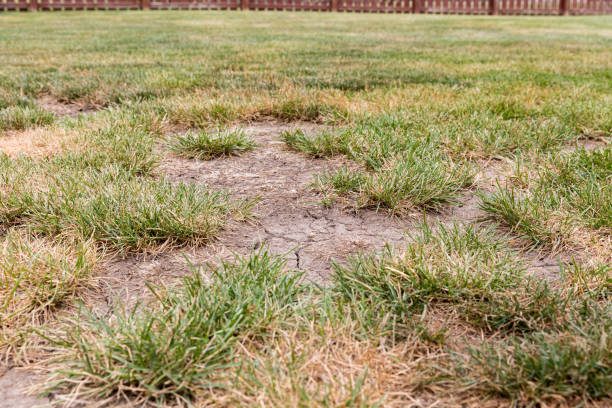How to Rejuvenate a Lawn After Drought Stress: A Step-by-Step Guide
By Innovation Grounds
Drought can be devastating to your lawn. The combination of intense heat and limited water leaves grass brown, brittle, and lifeless. But don’t worry—your lawn isn’t necessarily dead. With the right lawn care strategy, you can rejuvenate a lawn after drought stress and restore it to a thick, green, and healthy state.
Whether you’re a homeowner or property manager, this guide will walk you through how to revive your lawn after a drought and keep it healthy in the future.
Signs of Drought-Stressed Grass
Before you start any recovery plan, you need to know what drought damage looks like. Common signs include:
Brown or yellow grass blades
Cracked, hard soil
Footprints remain visible on the lawn
Weak or stunted grass growth
Identifying these signs early can help you take quicker action to repair drought-damaged grass.
Assess the Lawn: Is It Dormant or Dead?
First, determine whether your grass is dormant or dead. During drought conditions, many cool-season grasses go dormant to conserve moisture. Dormant grass appears brown but will regrow with adequate water. Dead grass, on the other hand, will not recover.
Tip: Tug gently on a few grass blades. If they resist, the roots are likely alive. If they pull up easily, that area may need reseeding.
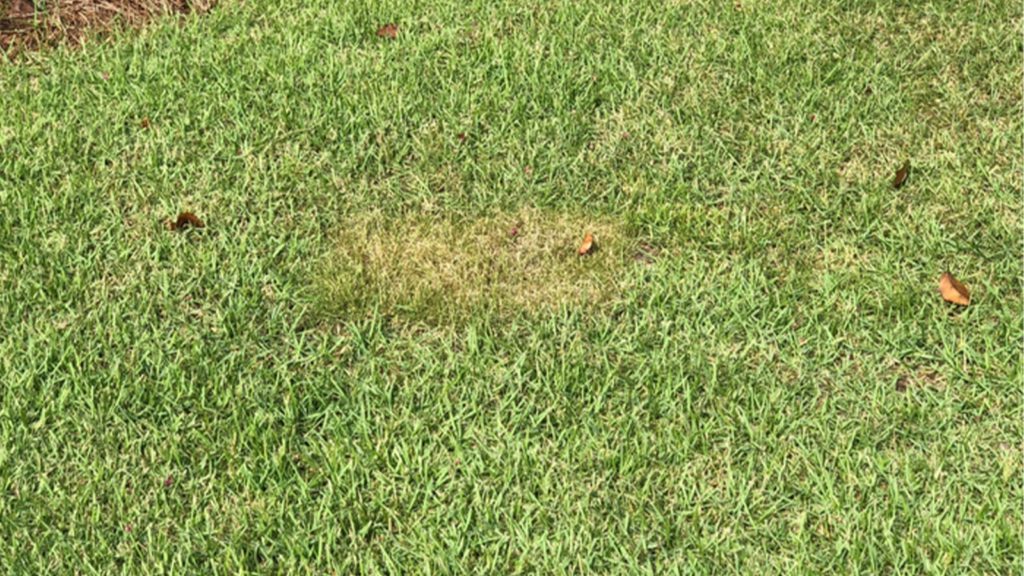
Deep Watering is Key
Once drought conditions improve, the most critical step to rejuvenate your lawn is deep watering. Rather than frequent shallow watering, apply water slowly and deeply to encourage strong root growth.
Watering Tips:
Water early in the morning to reduce evaporation
Apply about 1 inch of water per week (including rainfall)
Use a rain gauge or empty can to measure water applied
Consistent watering over several weeks will help the lawn recover naturally if it’s still alive.
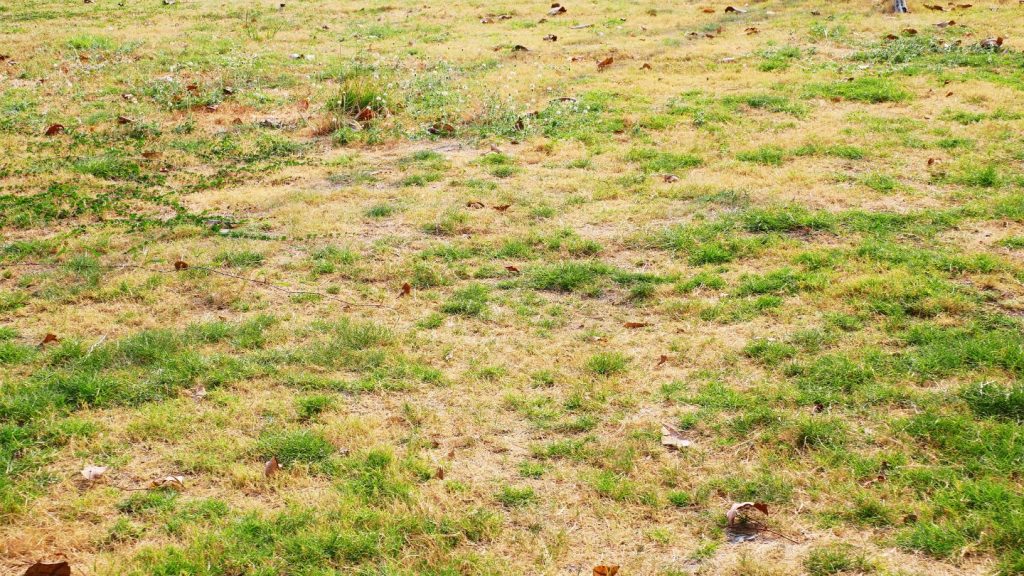
Rake and Remove Dead Grass
Dead patches and accumulated thatch can suffocate new growth. Use a rake or dethatcher to remove dead grass and allow light, water, and nutrients to reach the soil.
Bonus Tip: Dethatching also improves seed-to-soil contact if you’re planning to overseed later.
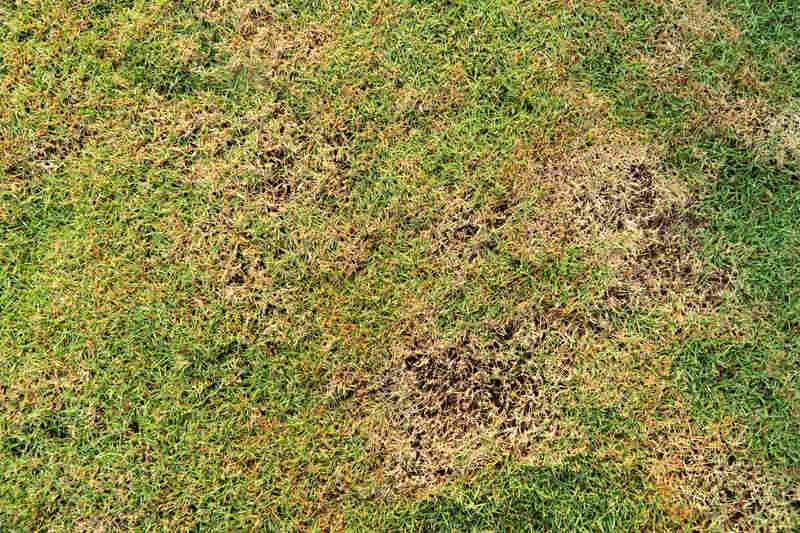
Aerate the Soil
Drought often causes soil compaction, making it harder for water and air to penetrate. Core aeration is an effective method to loosen compacted soil and create space for grassroots to grow.
You can rent a lawn aerator or hire a lawn care professional. For best results, aerate when the soil is moist—either after rain or watering.
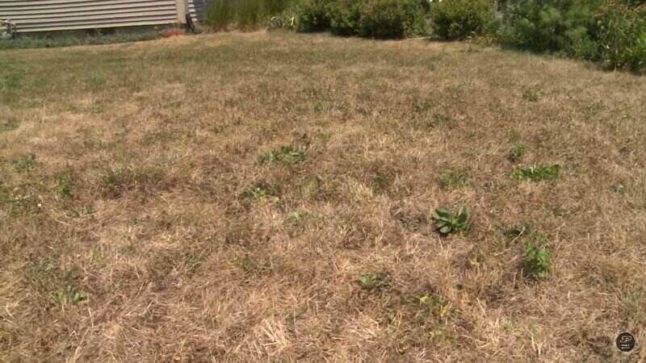
Apply a Lawn Repair Seed Mix
For areas where the grass has died, overseeding is your best option. Choose a high-quality lawn repair seed mix suited to your climate and grass type. Look for drought-tolerant varieties if you live in an area with hot, dry summers.
Steps to overseed:
Rake and loosen the soil surface
Spread the seed evenly across the damaged areas
Lightly cover with soil or compost
Keep the area consistently moist until germination
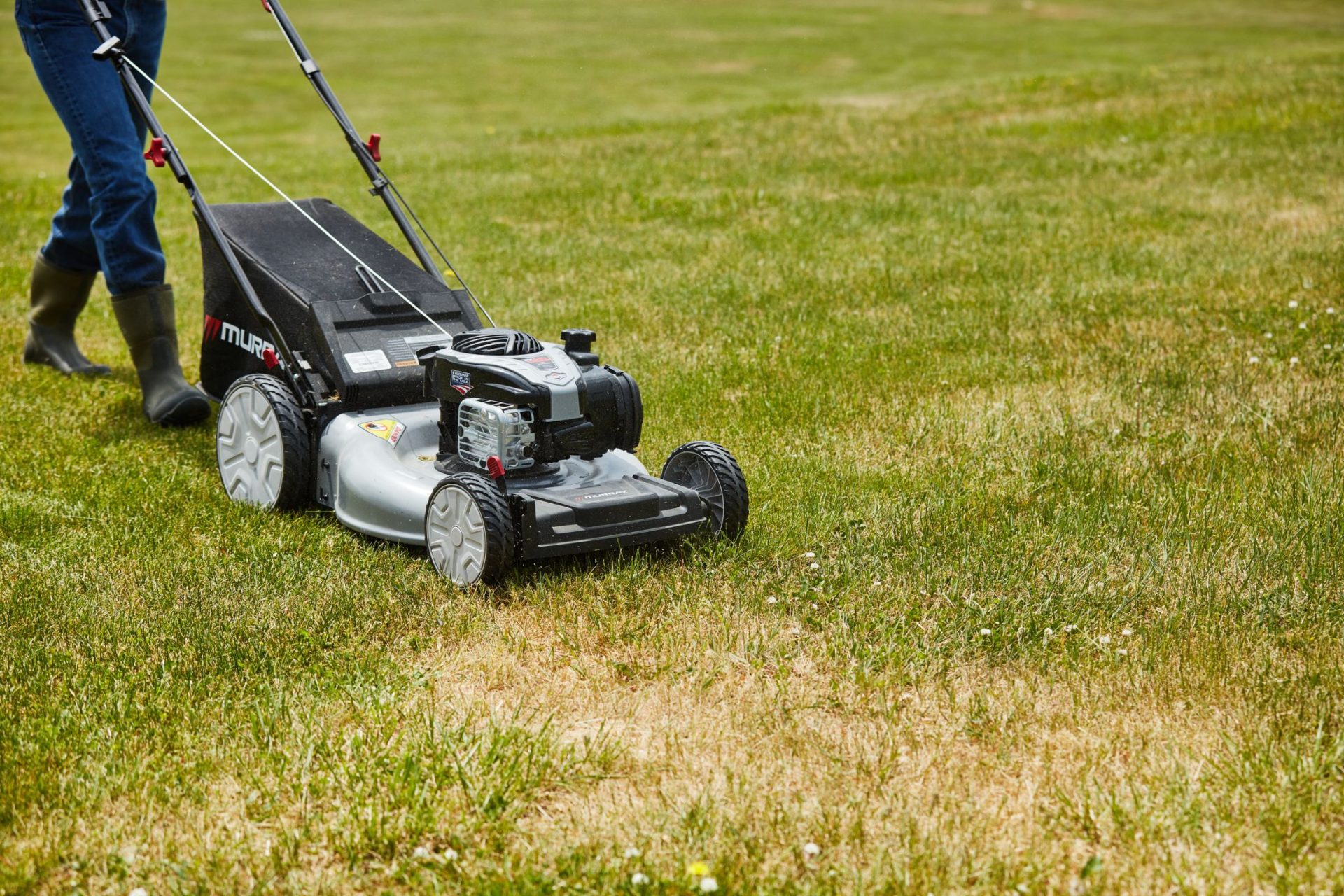
Fertilize for Recovery
After reseeding or once the grass starts greening up, feed your lawn with a balanced fertilizer that contains nitrogen, phosphorus, and potassium. These nutrients help with root recovery, blade growth, and overall plant health.
Caution: Avoid fertilizing during peak heat or drought, as it may burn your lawn. Wait until temperatures cool and the soil is moist.
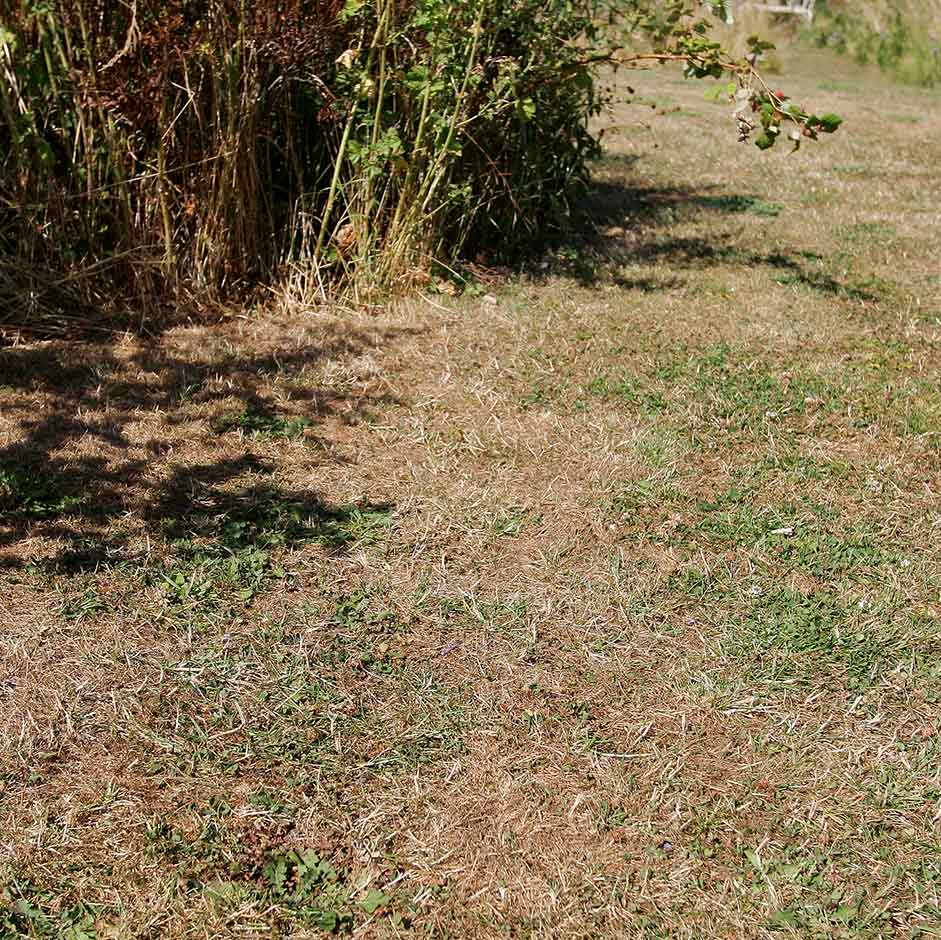
Mulch and Top-Dress
Top-dressing your lawn with a thin layer of compost or organic mulch can help retain moisture, improve soil health, and encourage microbial activity. It also provides nutrients that support new grass growth.
Use a rake or lawn spreader to distribute the material evenly over the lawn, especially on bare patches.
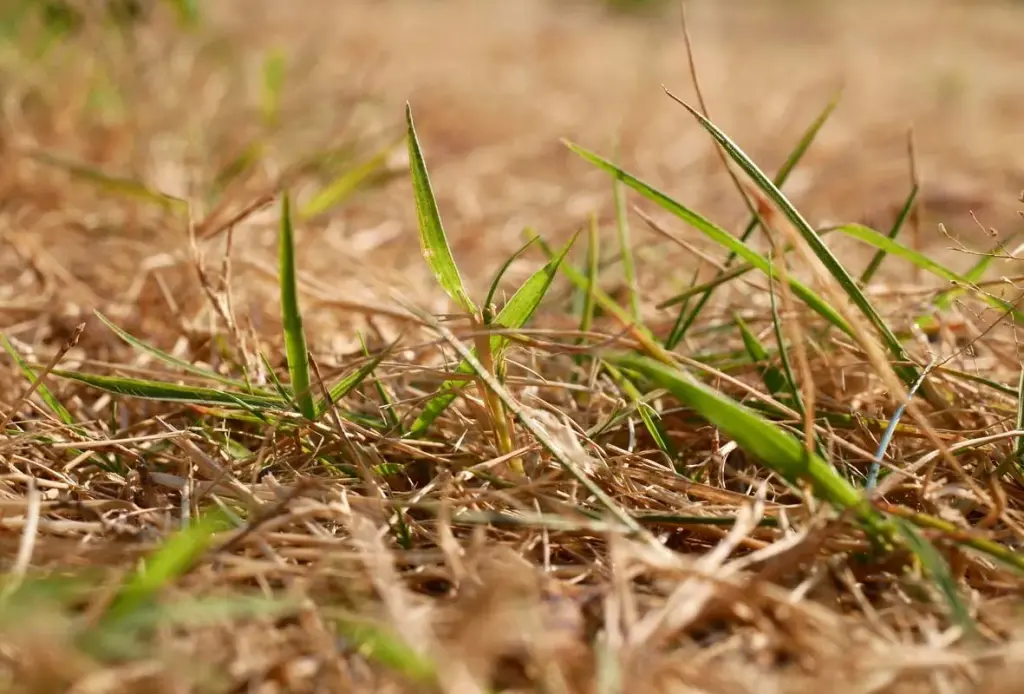
Mow Smart
Once your grass starts growing back, resume mowing—but do so carefully. Set your mower blade higher than usual (around 3-4 inches) to encourage deeper roots and shade the soil, helping it retain moisture.
Avoid cutting more than one-third of the grass blade at a time, and always use sharp mower blades to prevent additional stress.
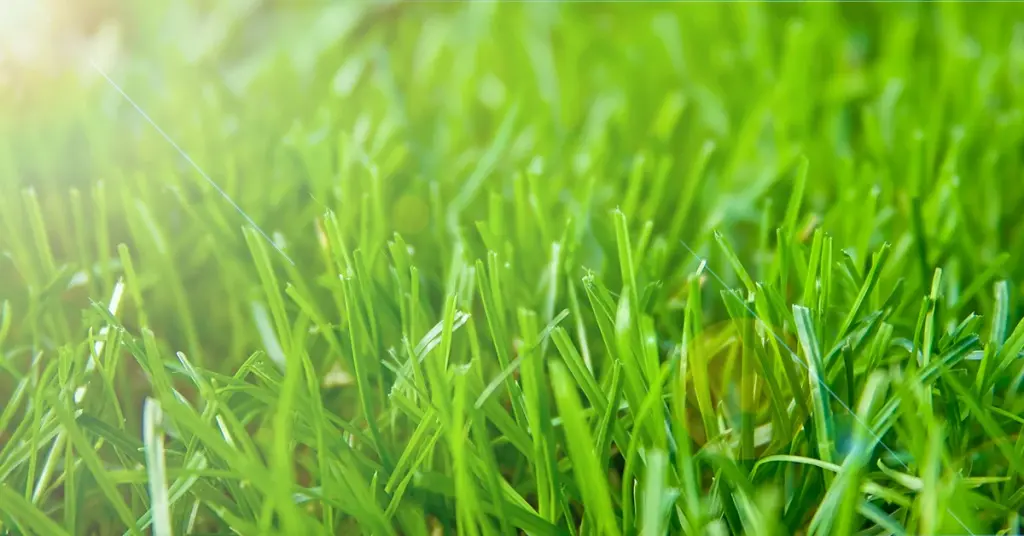
Final Thoughts: Consistency Is Key
Rejuvenating a lawn after drought stress is a gradual process. With consistent care—deep watering, aeration, overseeding, and proper mowing—you’ll see noticeable improvement in just a few weeks.
Prevent future drought damage by:
Installing a smart irrigation system
Choosing drought-tolerant grass species
Applying mulch regularly
Watering deeply but infrequently
A little patience and effort go a long way in lawn recovery after drought.
